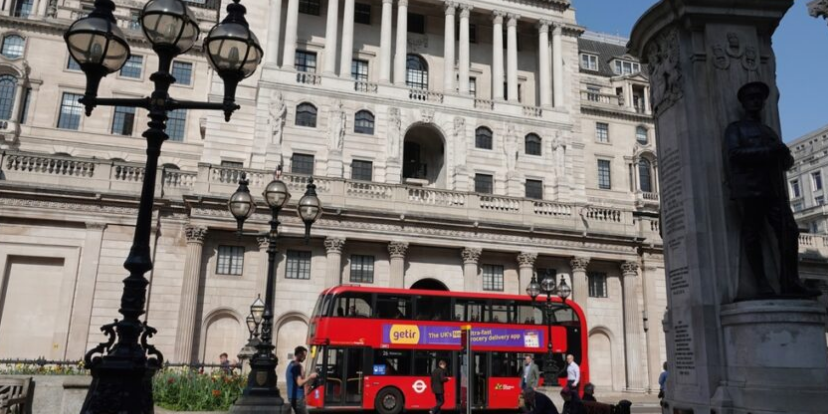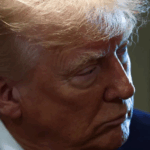Interest rates in the UK are expected to fall at their steepest pace since the 2008 financial crisis, as the Bank of England prepares to counter mounting global economic uncertainty driven by the resurgence of trade protectionism in the United States.
The central bank is widely expected to lower the base rate from 4.5% to 4.25% at its meeting next week, with economists predicting further cuts that could bring the rate down by a full percentage point over the next six months. If realised, this would be the most aggressive rate-slashing cycle since the financial crash, when interest rates plummeted from 4.5% to 0.5% in the space of half a year.
The anticipated monetary easing comes in response to the economic risks posed by U.S. President Donald Trump’s sweeping trade tariffs. Measures already announced include a 10% tariff on all imports, a 145% tariff on Chinese goods, and significant levies on vehicles and metals — policies which analysts fear could undermine UK trade and growth prospects.
The ripple effects of the expected rate cuts are already being felt in the mortgage market. Major lenders such as Barclays, HSBC, and NatWest have reduced their fixed-rate offerings by up to 0.25 percentage points, with many two-year deals now falling below the 4% mark. For a typical £200,000 mortgage, this could translate into an annual saving of more than £560. The Financial Conduct Authority notes that around 1.7 million fixed-rate deals are due to expire this year, putting interest rates under increased scrutiny.
A string of investment banks — including Morgan Stanley, UBS, and Barclays — have issued revised forecasts predicting a series of consecutive rate cuts. Morgan Stanley believes the base rate could fall to 3.25% by November, with further reductions possible into early 2026. UBS analysts say the Bank of England could move to cut rates at every policy meeting, rather than quarterly, should Trump’s tariffs further erode trade and growth.
In its Thursday policy update, the Bank will also publish revised growth and inflation projections. Economists expect a downward revision from the February forecast of 0.75% GDP growth in 2025 and a peak inflation rate of 3.75% during the summer.
The government has cautiously welcomed the easing outlook. A senior official suggested the Bank’s flexibility was enabled by the Chancellor Rachel Reeves’ decision to avoid expanding public borrowing in the spring budget. By contrast, the U.S. Federal Reserve may face tighter constraints due to inflationary pressure from tariffs.
Meanwhile, the International Monetary Fund has lowered its UK growth forecast for 2025 to 1.1%, citing the intensifying global trade dispute. The Office for Budget Responsibility has warned that a full-blown trade war could shave tens of billions off the UK economy.
While the rate cuts are expected to provide relief for homeowners and businesses, policymakers remain wary. Bank Governor Andrew Bailey recently warned that “fragmenting the global economy would be bad for growth,” a sentiment echoed by Deputy Governor Clare Lombardelli, who said tariffs could “depress” UK expansion.
With economic recovery closely tied to global stability, the Bank’s next moves — and the outcome of Trump’s trade strategy — are set to define the economic landscape in the months ahead.










